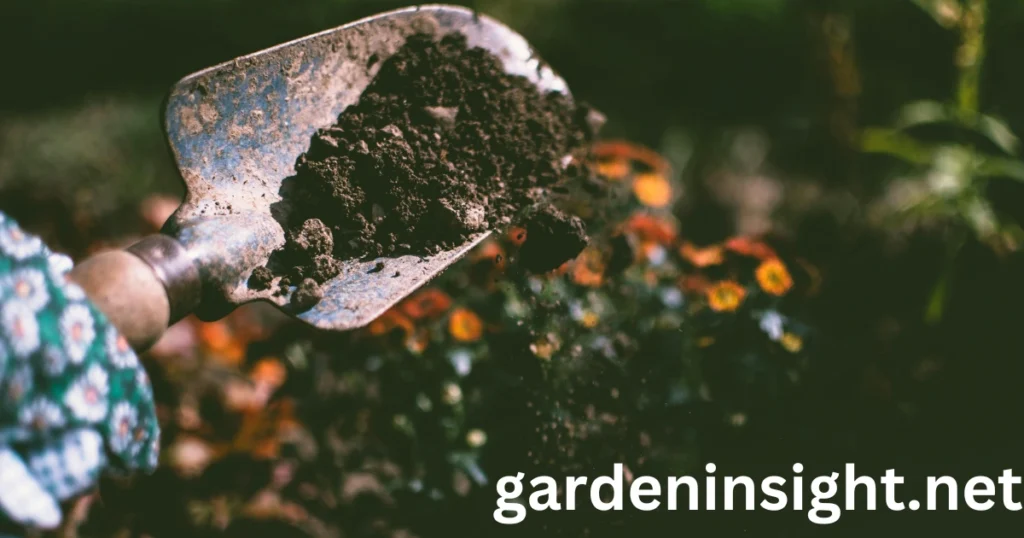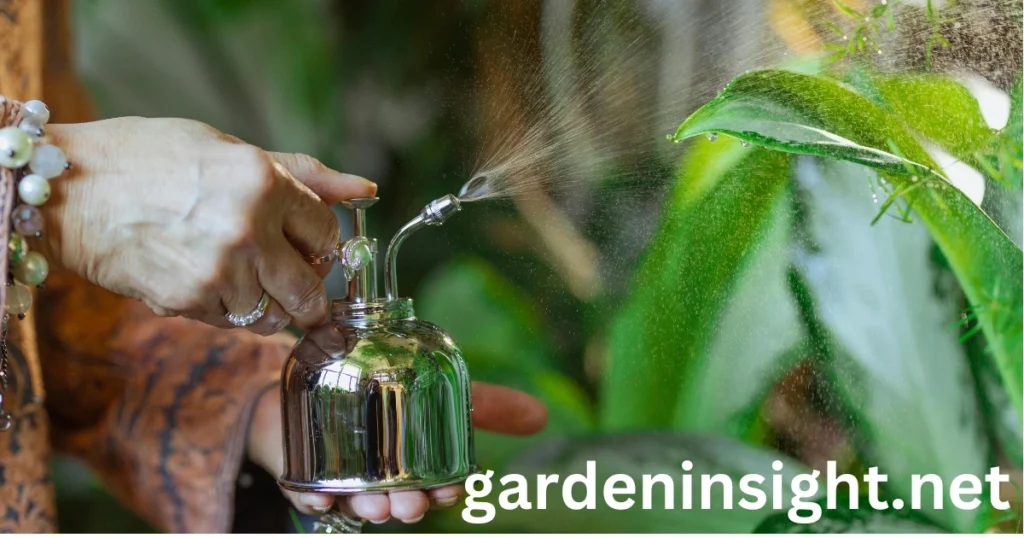Calcium is a vital nutrient for plants, playing a crucial role in their overall health and development. But does calcium for plants help them retain water?
While calcium doesn’t directly cause plants to retain water in the same way that potassium does, it plays a significant indirect role in water regulation and overall plant health, which ultimately affects water retention.
How Calcium Impacts Water Retention in Plants
Calcium contributes to water retention in plants through several key mechanisms:
- Strong Cell Walls: Calcium is a primary component of plant cell walls, acting as the “cement” that holds cells together. Robust cell walls help maintain cell structure and prevent water loss.
- Improved Water Uptake: Calcium promotes healthy root development, which is essential for efficient water absorption from the soil.
- Reduced Disease Susceptibility: Calcium strengthens plants’ natural defenses against diseases that can damage tissues and lead to water loss.
- Enhanced Nutrient Transport: Calcium aids in the movement of nutrients within the plant, ensuring that all parts receive the necessary resources for optimal function and water regulation.
The Role of Calcium in Plant Health
Beyond its influence on water retention, calcium is essential for various plant functions:
- Cell Division and Growth: Calcium is critical for cell division and elongation, influencing the overall growth and development of the plant.
- Enzyme Activation: Calcium activates enzymes involved in various metabolic processes, ensuring proper plant function.
- Signal Transduction: Calcium acts as a secondary messenger, relaying signals within the plant to respond to environmental stimuli.
Deficiency of Calcium in Plants Causes
A deficiency of calcium in plants can lead to several issues:
- Stunted Growth: Insufficient calcium hinders cell division and elongation, resulting in slow growth and reduced yields.
- Blossom-End Rot: This common problem, especially in tomatoes and peppers, causes the blossom end of fruits to rot due to calcium deficiency.
- Tip Burn: Young leaves may exhibit browning or scorching at their tips due to inadequate calcium supply.
- Weak Stems and Roots: Calcium deficiency can lead to weak stems and roots, making plants more susceptible to damage and disease.
Homemade Calcium for Plants

If you’re looking for natural ways to supplement your plants with calcium, consider these homemade options:
- Eggshells: Crushed eggshells are a rich source of calcium. Rinse and crush them before adding them to your compost or directly to the soil around your plants.
- Wood Ash: Hardwood ash contains calcium carbonate. Sprinkle a small amount around your plants, but avoid using it on acid-loving plants.
- Bone Meal: Steamed bone meal is a good source of calcium phosphate. Mix it into the soil before planting or use it as a top dressing.
Symptoms of Too Much Calcium in Plants
While calcium is essential, excessive amounts can also cause problems:
- Nutrient Imbalance: Too much calcium can interfere with the uptake of other nutrients, such as magnesium and potassium, leading to deficiencies.
- Stunted Growth: High calcium levels can inhibit root growth and overall plant development.
- Leaf Discoloration: Leaves may exhibit yellowing or interveinal chlorosis due to nutrient imbalances caused by excess calcium.
Symptoms of Deficiency of Calcium in Plants
Recognizing the symptoms of calcium deficiency is crucial for timely intervention:
- Blossom-End Rot: This is a telltale sign of calcium deficiency, particularly in tomatoes, peppers, and squash.
- Tip Burn: Young leaves may show browning or dieback at their tips.
- Stunted Growth: Overall plant growth may be slow and stunted.
- Weak Stems: Stems may be weak and easily damaged.
Best Calcium Source for Plants

Choosing the right calcium source is important for effective supplementation:
- Gypsum: Calcium sulfate, or gypsum, is a readily available and effective source of calcium for plants.
- Lime: Agricultural lime, or calcium carbonate, is another common calcium source, but it also raises soil pH, so it’s best suited for acidic soils.
- Calcium Nitrate: This fertilizer provides both calcium and nitrogen, making it a good choice for plants needing both nutrients.
- Foliar Sprays: Calcium foliar sprays offer a quick way to address deficiencies, as the calcium is absorbed directly through the leaves.
Conclusion
While calcium doesn’t directly make plants retain water, it’s a crucial nutrient that contributes to overall plant health and water regulation. Strong cell walls, healthy roots, and efficient nutrient transport facilitated by calcium all play a role in maintaining optimal water balance within the plant.
Understanding the importance of calcium and addressing any deficiencies can help ensure your plants thrive and withstand environmental stressors. Remember to choose the right calcium source and apply it appropriately to avoid imbalances and maintain a healthy growing environment for your plants.
FAQs
Does calcium help with root growth in plants?
Yes, calcium is essential for healthy root development in plants. It strengthens cell walls in roots, promoting their growth and improving their ability to absorb water and nutrients from the soil.
Can I use calcium chloride for plants?
While calcium chloride can provide calcium, it’s generally not recommended for most plants. It can be too harsh and may cause damage to roots and foliage. It’s best to use other calcium sources like gypsum or lime.
What is the best way to apply calcium to plants?
The best way to apply calcium depends on the specific needs of your plants and the type of calcium source you’re using. Soil amendments like gypsum or lime can be incorporated into the soil before planting or used as a top dressing. Foliar sprays offer a quick way to address deficiencies, while liquid calcium fertilizers can be applied to the soil around the plants.
How often should I apply calcium to my plants?
The frequency of calcium application depends on the plant type, soil conditions, and the specific calcium source. It’s generally best to follow the recommendations on the product label or consult with a gardening expert for specific advice. Regular soil testing can help determine the calcium levels in your soil and guide your application schedule.
Can too much calcium harm my plants?
Yes, excessive calcium can interfere with the uptake of other essential nutrients like magnesium and potassium, leading to deficiencies and imbalances. High calcium levels can also inhibit root growth and overall plant development. It’s important to apply calcium in the right amounts and monitor your plants for any signs of nutrient imbalances.
